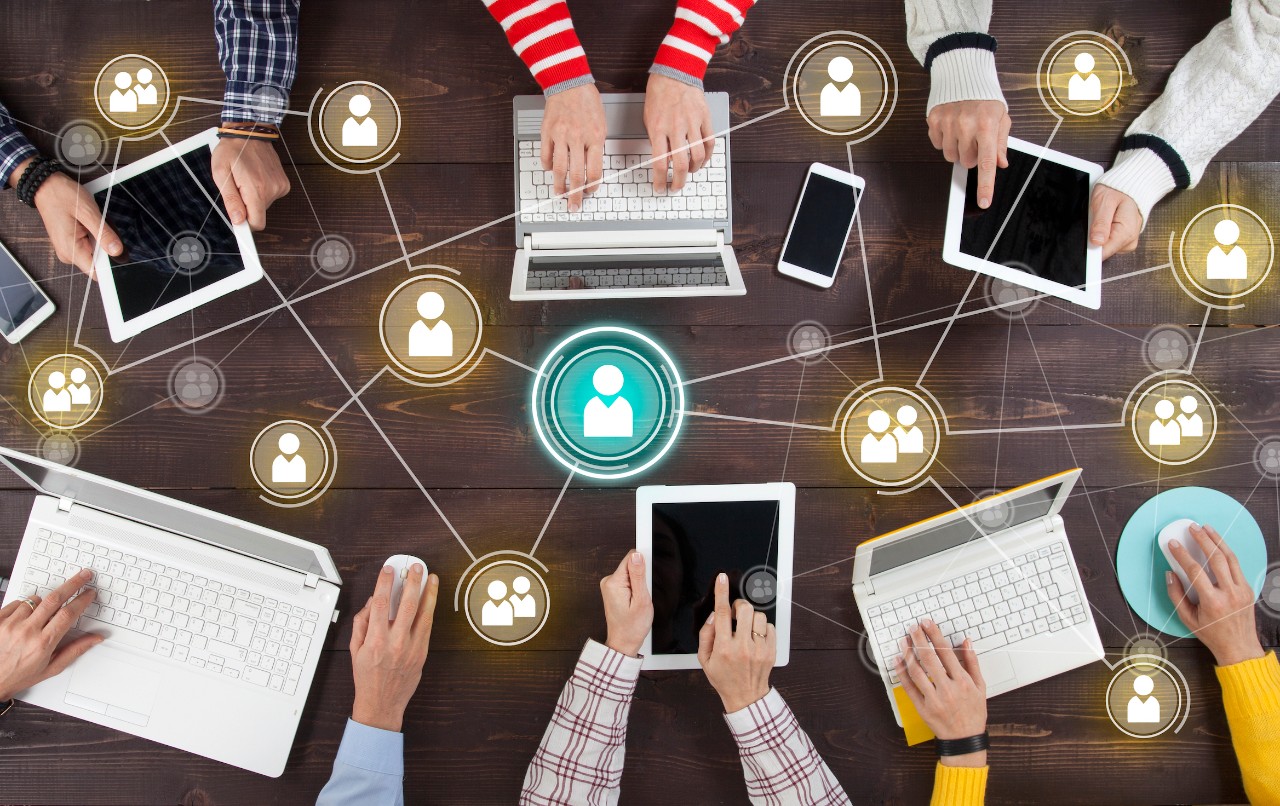Getting Started on Collecting Diversity Data
Maggie Getova | February 16 2022 |

Diversity, equity & inclusion (DE&I) is becoming increasingly important for a growing number of organizations. Just like with any other business initiative, data is a critical component to creating change across business as it can help to inform and mold the right strategy. However, when it comes to collecting diversity data, many organizations need additional guidance on where to start as they begin to include their contingent workforce on their DE&I journey. We’ll go over why data is critical in impacting the levers of change for DE&I and where to begin collecting it.
The History of Diversity, Equity & Inclusion
DE&I has been evolving in the corporate world for decades and has gone through several important shifts. DE&I consideration for the contingent workforce, however, is relatively new. As more organizations utilize these workers, these initiatives will become increasingly critical in attracting and retaining talent. See our timeline below to understand some of the events which have significantly impacted DE&I from the 1970s to the present, and beyond.

The Importance of Data for DE&I Impact
Data is important when it comes to making organization-wide impact. Whether it’s used to inform sales strategy or DE&I goals, the same holds true: data is critical. The same approach should be taken towards DE&I initiatives because looking at the data helps determine the baseline for where an organization is. It also shows where the current challenges are within an organization, as well as where the business needs to focus its time, resources, and efforts to improve. In addition, tracking that data over time will provide useful information on which areas are progressing towards change, and when to pivot in order to reach DE&I goals.
Data can also be helpful when proposing DE&I initiatives to the C suite to bring them onboard because it frames the conversation in the same way as any other business critical initiative. Without leadership support, moving towards any real change will be a challenge, so having that backing is critical.
Ultimately, if it isn’t being measured, it can’t be fixed, and having the data baseline is the first step in creating an impactful DE&I strategy. To learn more about creating a successful blueprint for your organization’s DE&I strategy, check out our webinar.
Considering how important data is, where is the best place to start collecting it across an organization?
Where to Collect Diversity Data
Here are some of the different areas to focus on when starting to collect diversity data:
- Look at current hires, including full-time and contingent workers
- Consider the metrics for hiring rates
- Evaluate the mix of people being interviewed
- Consider individuals who leave the company early or voluntarily
- Look at the conversions at the company
- Assess who is getting promoted
- View redeployment metrics
Because overall representation at a company can mask a lot of problems and areas that need change, it is important to segment the data by each department and consider these metrics to get a clear picture of what’s really happening. This will in turn help to form a strategy that includes everyone across the organization and get you one step closer to reaching your DE&I goals.
To learn more about how to collect DE&I data safely and securely across your organization, read Magnit's solution brief.
If you’re interested in learning more about how Magnit is helping organizations implement winning contingent workforce programs globally, please contact a Magnit representative at info@magnitglobal.com.
Disclaimer: The content in this blog post is for informational purposes only and cannot be construed as specific legal advice or as a substitute for legal advice. The blog post reflects the opinion of Magnit and is not to be construed as legal solutions and positions. Contact an attorney for specific advice and guidance for specific issues or questions.
